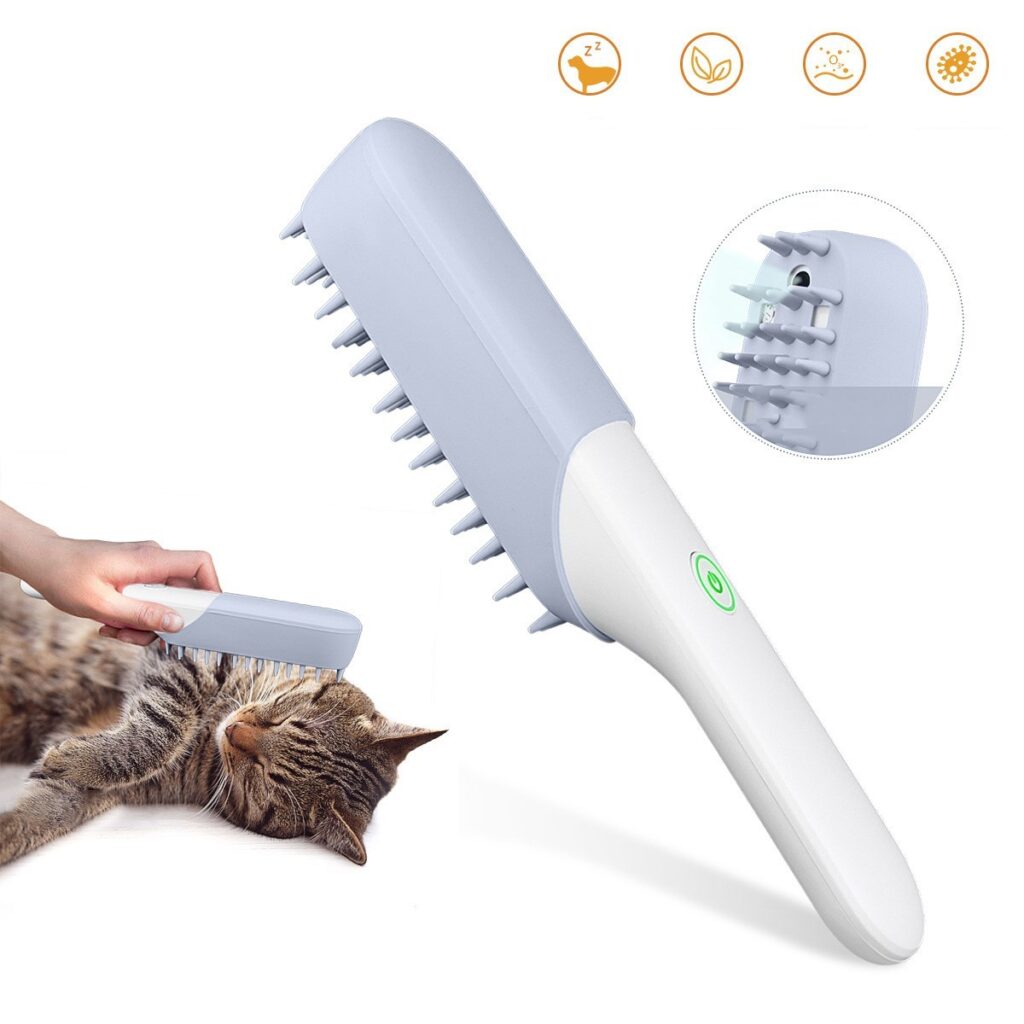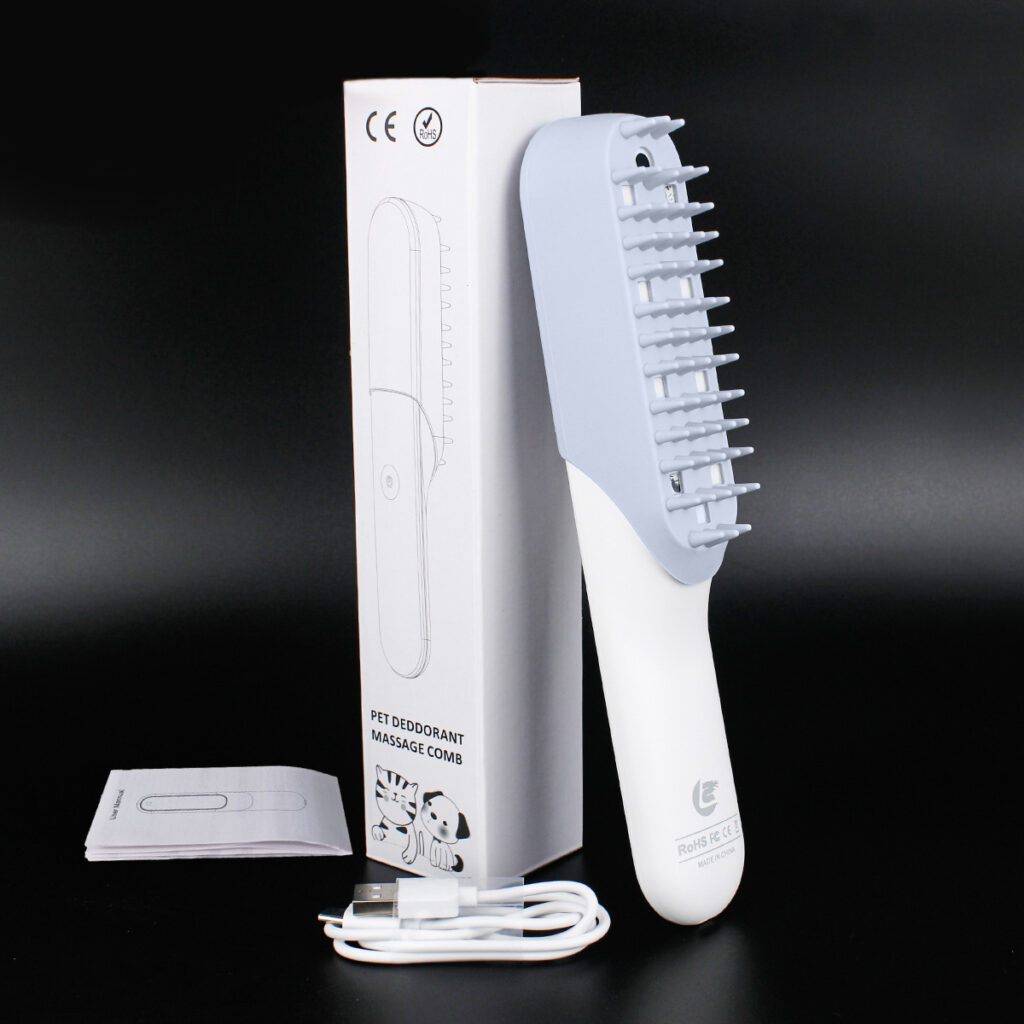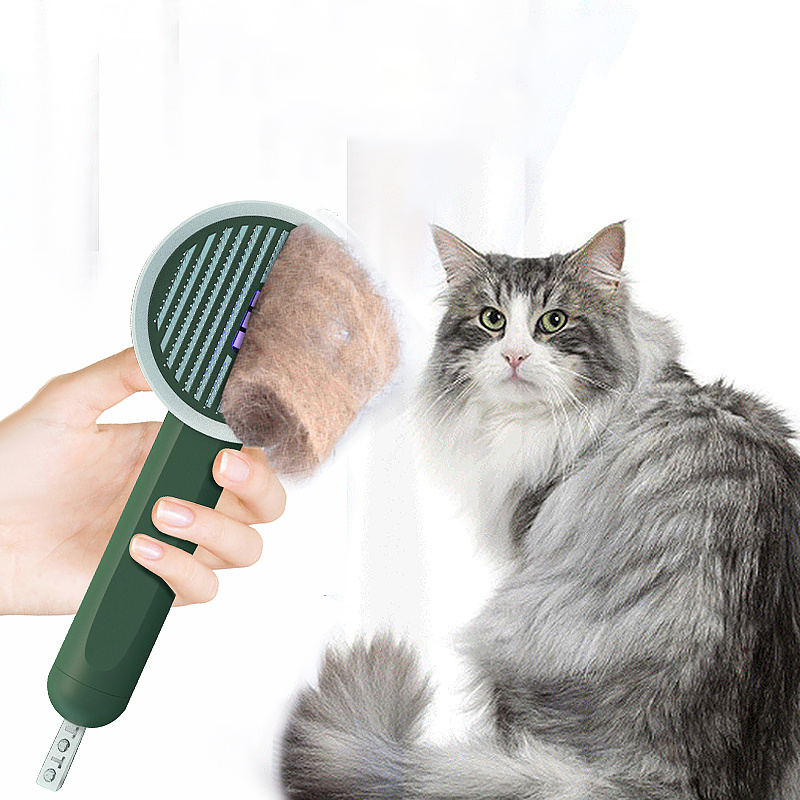Looking to better care for your feline companion? Finding the purrfect brush tailored to your cat’s specific coat and grooming needs can make all the difference. With various brush types available, it may seem fur-midable to decide which is best. But understanding the unique benefits of slickers, bristles, combs, flea combs, undercoat rakes, and massage brushes arms you with the knowledge to select a brush your cat will love. As you read this buyer’s guide, you’ll uncover the ideal brush for your cat’s breed, fur length, and any special grooming requirements. Ultimately, choosing the right tool leads to a clean, tangle-free, healthy coat and less loose hair around your home. Most importantly, it transforms a chore into a bonding moment you both enjoy.

Why Regular Brushing Is Essential for Your Cat’s Coat
Regular brushing and grooming is vital to your cat’s health and happiness. Brushing removes loose hair and distributes natural oils, keeping your cat’s coat clean, soft, and tangle-free. Without regular brushing, excess shed fur can build up and form painful mats or hairballs. Brushing also gives you an opportunity to check for any skin problems and spend quality time bonding with your feline companion.
Reduces Shedding and Hairballs
Frequent brushing removes loose hair before it has a chance to fall off, minimizing shedding around your home. It also helps prevent hairballs by removing hair that your cat would otherwise ingest during self-grooming. For long-haired cats or those with dense undercoats, using specialized tools like undercoat rakes or deshedding combs can be particularly effective at reducing excess shedding.
Prevents Tangles and Mats
Regular brushing, especially for long-haired cats, helps detangle the coat and avoid painful mats close to the skin. Mats can pull on the skin, causing discomfort, and may need to be shaved off if allowed to become too large. Brushing keeps the coat free-flowing and tangle-free.
Distributes Natural Oils
Brushing spreads natural oils from your cat’s skin throughout the coat, giving it a soft, glossy sheen. This helps keep the skin and coat moisturized while also giving the coat a healthy shine. For short-haired cats, bristled brushes are ideal for distributing oils and giving the coat a lustrous finish.
Strengthens Your Bond
Brushing your cat is a perfect opportunity to strengthen your bond through gentle interaction and play. Your cat will come to associate brushing with your love and care. Be sure to give your cat praise, treats and belly rubs during brushing to make it an enjoyable experience for you both. Regular brushing sessions can be a ritual you share for years to come.
In summary, consistent brushing and grooming is one of the best ways to keep your feline companion clean, comfortable and healthy for life. Make brushing a frequent and positive part of your cat’s routine care.

Choosing the Right Cat Brush Based on Coat Type
Your cat’s coat type and length should determine which brush is the best choice. For short-haired breeds with fine fur, a bristle brush and slicker brush are ideal for general grooming needs. A bristle brush, with its natural bristles, helps spread your cat’s natural oils for a healthy, shiny coat. A slicker brush, with its fine wire bristles, is great for removing loose fur and preventing mats.
For long-haired or dense coats, an undercoat rake and comb should be part of your grooming toolkit. An undercoat rake penetrates into the thick undercoat, removing loose hair before it has a chance to shed. A wide-tooth comb detangles and smoothens long fur, while a flea comb with narrow teeth can catch and eliminate unwanted pests hiding close to the skin.
If your cat enjoys being brushed, a massage brush is a great option for some soothing TLC. Silicone or soft rubber bristles gently massage your cat’s skin, increasing blood flow, while still removing loose fur. These brushes are very gentle and help make grooming a positive experience for you and your feline friend.
No matter the coat type, it’s best to start slowly and let your cat sniff and explore any new brushes before using them. Offer treats and praise to help them associate grooming time with positive rewards. Be gentle, brush in the direction of hair growth using long, smooth strokes. Check for any mats or tangles and slowly work them out. Regular brushing, even for just a few minutes a day, will keep your cat’s coat clean and minimize shedding around the home. With the proper technique and tools, grooming can be an enjoyable bonding experience for both you and your cat.

Slicker Brush vs Bristle Brush: Which Is Better for Your Cat?
When it comes to keeping your cat’s coat clean and tangle-free, having the right brush for the job is essential. Two of the most popular options are slicker brushes and bristle brushes. But which one is better for your feline companion? Let’s compare these two types of brushes to determine the best choice for your cat’s coat.
Slicker Brush
A slicker brush features fine, short wires closely grouped together. It’s ideal for removing loose fur and preventing mats in medium to long-haired cats. The dense bristles are very effective at grabbing loose undercoat and surface hair. However, these brushes can be irritating for some cats, especially those with sensitive skin. Slicker brushes require frequent cleaning to remove trapped hair from the bristles.
Bristle Brush
Bristle brushes have soft, natural bristles that are suitable for most cat coats, especially short-haired breeds. They help distribute your cat’s natural oils for a shiny, healthy coat. Bristle brushes are very gentle, making them ideal for cats with sensitive skin or those that don’t enjoy intense grooming. However, they may not penetrate as deeply into a long, thick coat. Bristle brushes require occasional cleaning to remove built-up hair and debris.
The Verdict
For most cat owners, a slicker brush and bristle brush are useful to have on hand. In general, a slicker brush is better suited for medium to long-haired cats, while a bristle brush works well for short-haired felines. Either brush will remove loose hair and keep your cat’s coat clean, but the slicker brush is more effective at preventing mats and tangles.
If your cat has sensitive skin, start with a bristle brush to allow them to get accustomed to regular grooming. You can then gradually introduce a slicker brush. With regular use, your cat should get more comfortable with both types of brushes, allowing for effective coat care and maintenance. The most important thing is finding grooming tools that work for your cat’s unique needs and that you both find satisfying to use.
Detangling Matted Fur – Best Combs and Rakes
When your cat’s fur becomes matted or tangled, using the proper grooming tool is key to removing knots without hurting them. The best options for detangling matted cat hair are combs and rakes.
Combs come with teeth of varying widths, from fine-toothed flea combs to wide-spaced grooming combs. For mats and tangles, choose a comb with medium or wide teeth, around 1/2 inch apart. Gently work the comb through small sections of hair at a time, holding the hair above the mat to avoid pulling the skin. Make several passes with the comb, loosening the mat with each stroke. Be patient and take breaks if your cat gets upset.
Undercoat rakes are ideal for detangling long-haired breeds with dense undercoats, such as Persians, Maine Coons and Siberian Forest Cats. They feature curved teeth that glide through the topcoat to grab loose hair and mats below. Rakes with rotating teeth or handles can help twist and lift mats away from the skin. When using an undercoat rake, always brush in the direction of hair growth using light, short strokes. Work in layers, removing loose hair and mats closest to the skin first before moving outwards.
For severely matted fur, you may need to have the mats shaved out by a groomer to avoid injuring your cat. They can then suggest a regular brushing routine tailored to your cat’s needs to prevent future matting. Frequent brushing, especially for long-haired breeds, is the best way to stop tangles before they start and keep your feline’s coat soft, shiny and mat-free.
Some other tips for detangling matted cat fur:
• Apply a mat splitter or mat breaker spray to help loosen tangles before brushing.
• Start at the ends of the mat and work slowly upwards using a comb or rake.
• Hold the fur above the mat to avoid pulling the skin.
• Take breaks to avoid stressing your cat. Offer praise, treats and belly rubs!
• Check for any remaining mats or tangles with a fine-toothed comb afterwards.
• Bathe your cat if mats are close to the skin to allow for easier detangling when wet. Dry thoroughly to avoid further matting.
• Consider trimming long fur, especially around the hindquarters where mats commonly form.
• Brush your cat regularly to prevent future matting. Even short-haired cats benefit from weekly brushing.
How to Keep Your Cat Calm During Brushing Sessions
Brushing your cat regularly is important for their health and hygiene, but some cats can get anxious or squirmy during grooming. Here are some tips to help keep your feline friend relaxed during brushing:
First, start brushing your cat at an early age so they get accustomed to it. Gently brush or comb them for just a few minutes at a time, giving treats and praise to help them associate grooming with positive experiences. This will make them more comfortable with brushing as they get older.
Choose a brush that is specifically designed for your cat’s coat length and type. The right brush will glide through their fur and won’t pull on tangles or mats, making the experience more pleasant for your cat. You may need to try a few different brushes to find one they like.
Brush your cat in an area they find calming, such as where they usually nap. Having their bed, blanket or favorite toys around can help them feel at ease. Gently pet and massage your cat before brushing to relax them.
Keep brushing sessions short, around 5 to 10 minutes at a time. Don’t force it if your cat has had enough. Stay patient and consistent, and over time they will get more accustomed to longer grooming.
Give your cat praise, treats and belly rubs during and after brushing. Play with them after the session to reinforce that grooming leads to rewards. Make the experience as positive as possible for your feline.
With regular practice and patience, your cat can learn to stay calm during brushing. Keeping them comfortable and associating grooming with rewards will help make brushing a bonding experience for you both. Consistency and care will ensure brushing remains a vital part of maintaining your cat’s health and your relationship.




